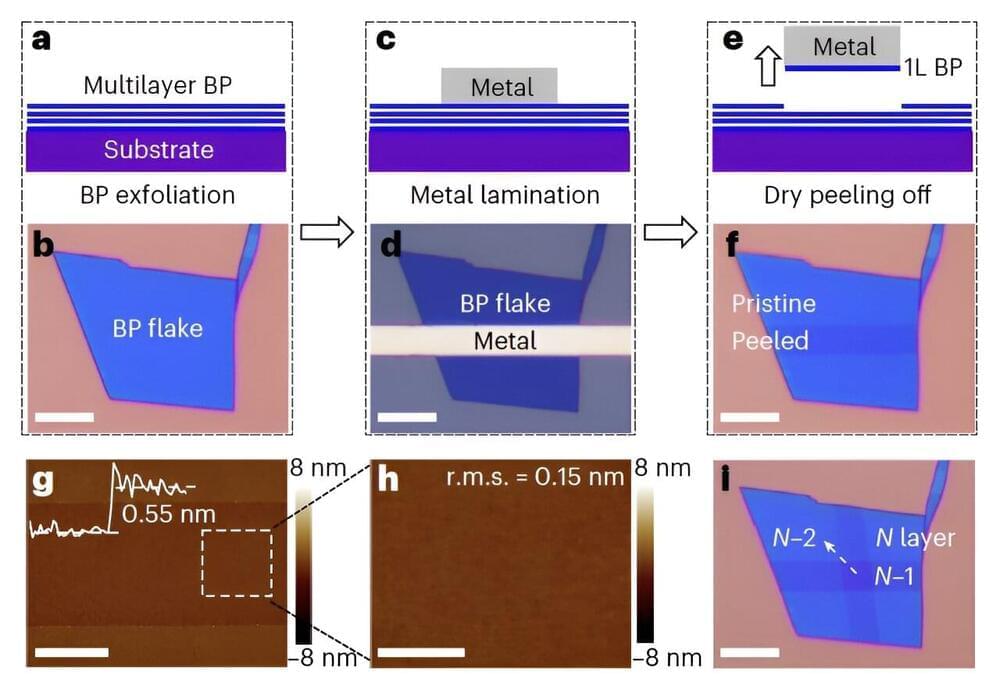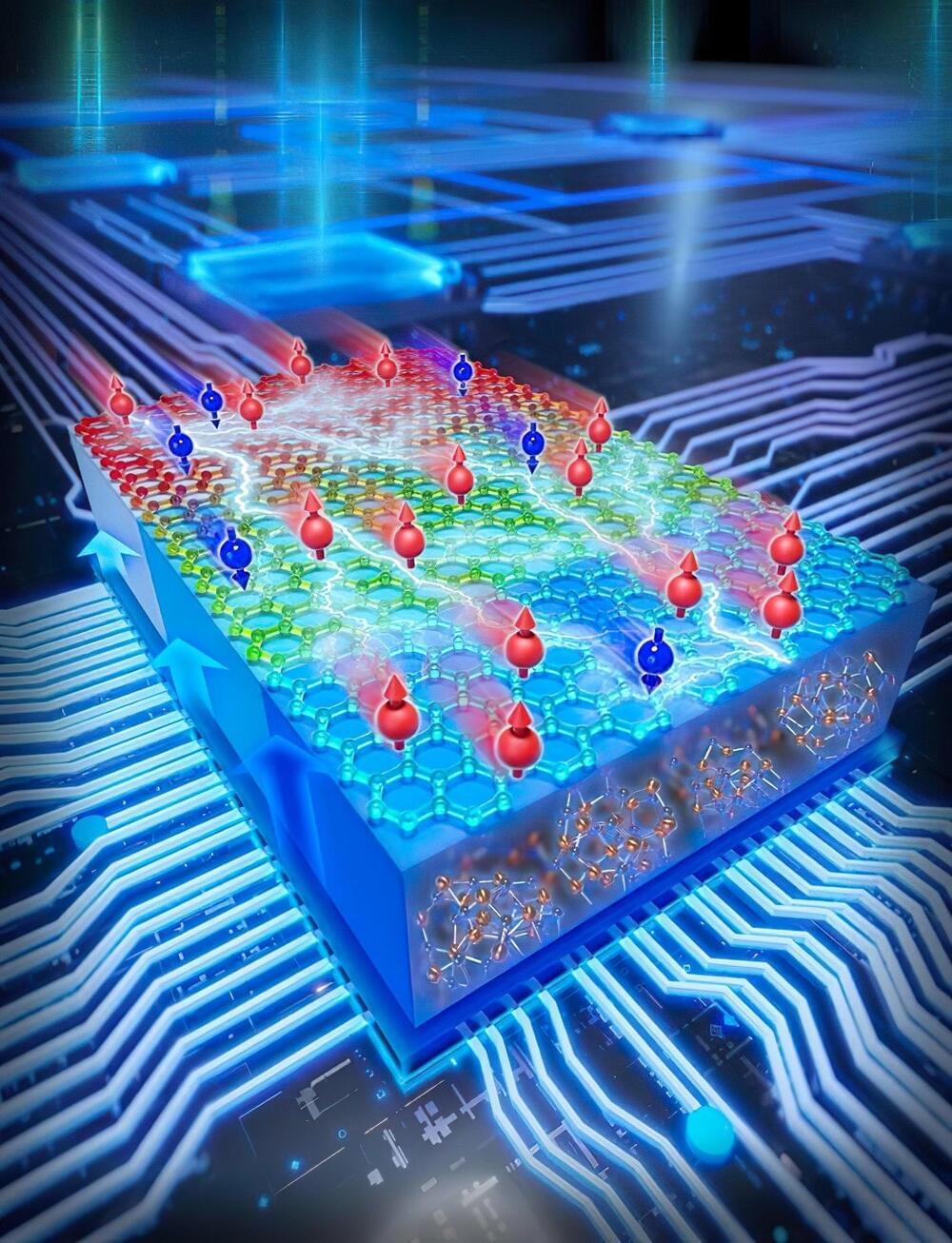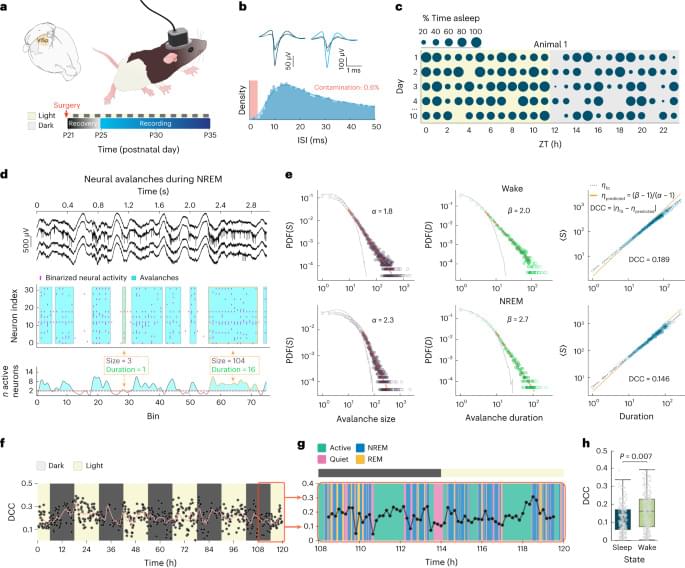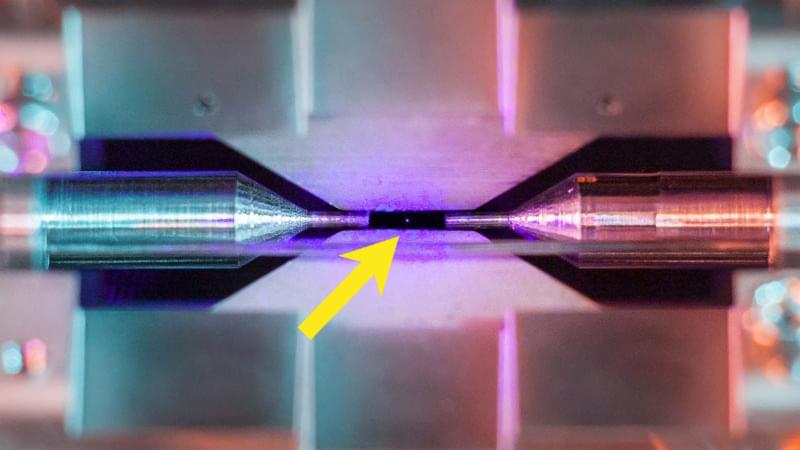Jan 8, 2024
The Entropy of Time: The Clock Conundrum Limiting Quantum Computing’s Future
Posted by Saúl Morales Rodriguéz in categories: computing, particle physics, quantum physics
Quantum computing is becoming more accessible for performing calculations. However, research indicates that there are inherent limitations, particularly related to the quality of the clock utilized.
There are different ideas about how quantum computers could be built. But they all have one thing in common: you use a quantum physical system – for example, individual atoms – and change their state by exposing them to very specific forces for a specific time. However, this means that in order to be able to rely on the quantum computing operation delivering the correct result, you need a clock that is as precise as possible.
But here you run into problems: perfect time measurement is impossible. Every clock has two fundamental properties: a certain precision and a certain time resolution. The time resolution indicates how small the time intervals are that can be measured – i.e. how quickly the clock ticks. Precision tells you how much inaccuracy you have to expect with every single tick.

















